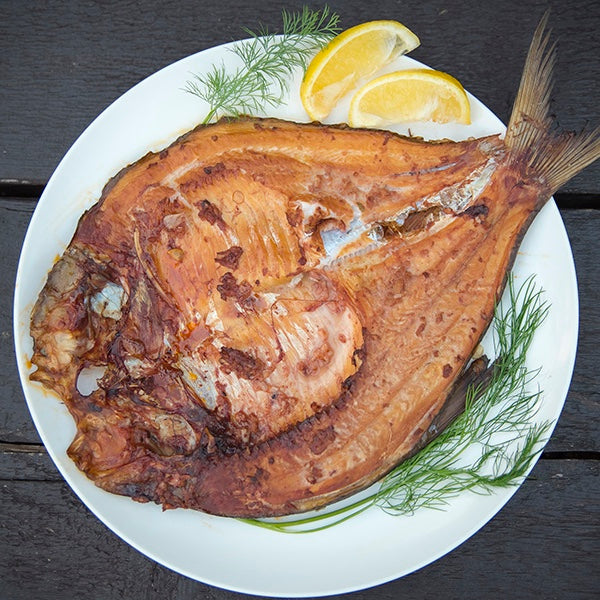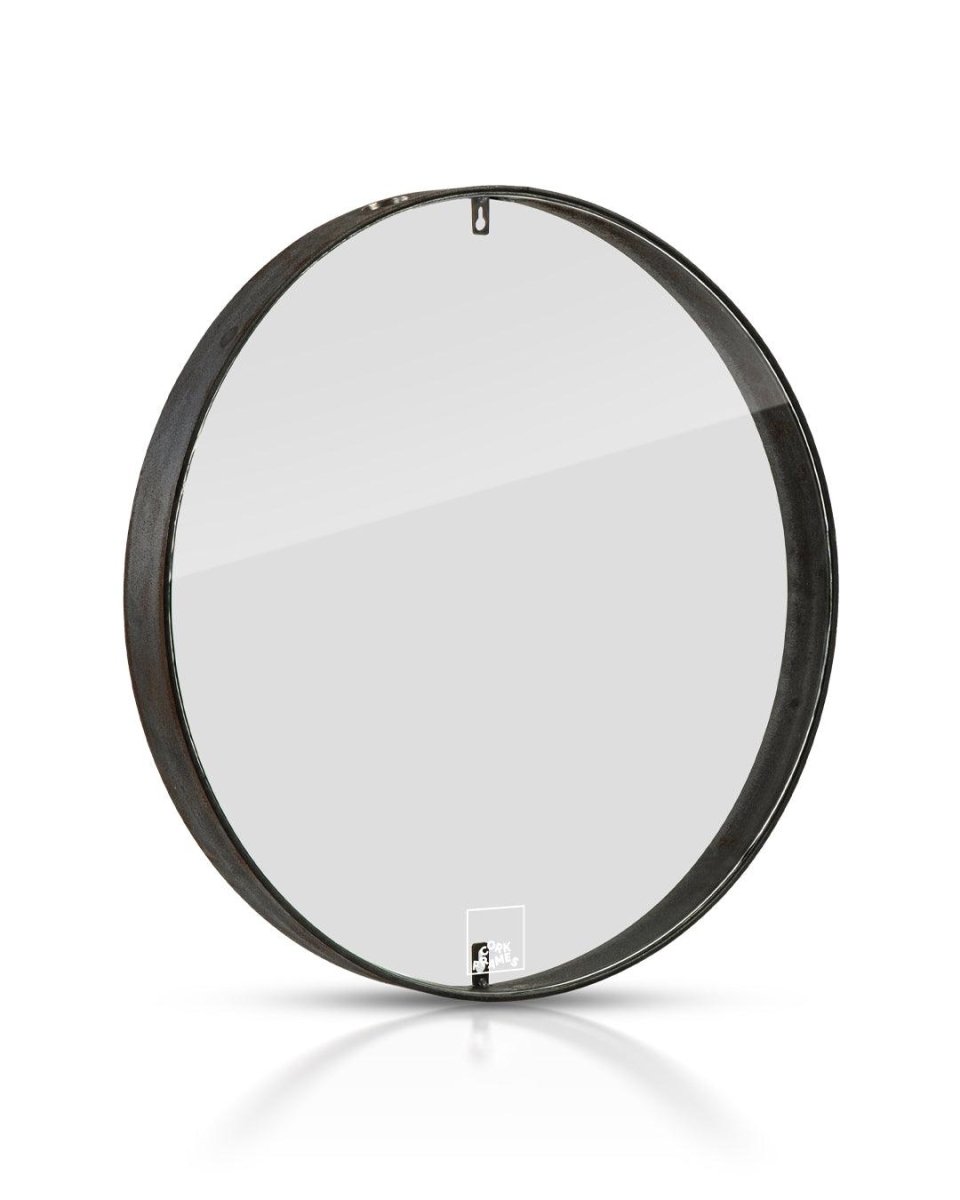Wasabi is one of the most distinctive flavors in Japanese cuisine. With its intense heat and fresh sharpness, it offers a unique taste experience unlike any other spice. While many associate it with sushi and sashimi, wasabi has a long history and uses that go far beyond the small green dollop often seen on the plate.
Real Wasabi vs. Imitation
True wasabi, Wasabia japonica, is primarily grown in Japan, thriving in pure, cool mountain streams. It is difficult to cultivate and requires the perfect combination of temperature, humidity, and water quality, making it both exclusive and expensive.
Most “wasabi” served around the world is actually a blend of horseradish, mustard powder, and green coloring – a cheaper alternative that mimics the heat but lacks the complex flavor of authentic wasabi.
The History of Wasabi
Wasabi has been used in Japan for over a thousand years. As early as the Heian period (794–1185), it appeared in Japanese writings, valued mainly for its medicinal properties. It was used as a natural antiseptic to prevent bacterial growth, especially when serving raw fish. During the Edo period (1603–1868), wasabi became a staple in sushi culture, and its distinctive flavor came to symbolize the purity and balance of Japanese cuisine.
Flavor Profile and Uses
Wasabi differs from chili peppers in that its heat quickly fades, leaving a refreshing aftertaste. It stimulates the nose rather than the tongue and is often used to enhance raw fish without overpowering it.
Beyond being a natural companion to sushi and sashimi, wasabi can be used in:
-
Salad dressings
-
Marinades for meat and fish
-
Sauces for noodles and vegetables
-
Fusion dishes combining Japanese and Western flavors
Nutritional Value and Health Benefits
Wasabi contains natural compounds believed to have antibacterial properties, which historically made it particularly appreciated with raw fish. It is also rich in antioxidants and may help support the immune system.
Serving Tips
For the best flavor, authentic wasabi should be freshly grated right before serving, ideally on a traditional sharkskin grater (oroshigane). Its flavor is at its peak during the first few minutes, so it’s best enjoyed immediately.
Drink Pairings
Wasabi’s fresh heat pairs especially well with drinks that can balance or complement its flavor:
-
Sake – a dry junmai or junmai ginjo enhances wasabi’s freshness and harmonizes with fish dishes.
-
Green tea – provides a soft contrast and cleanses the palate between bites.
-
Dry sparkling wine – such as Champagne or a Japanese sparkling, where acidity and bubbles highlight the freshness of fish and wasabi.
-
Light beer – a crisp lager or pilsner cools and softens the heat.
-
Riesling Kabinett – with gentle sweetness that rounds off and balances wasabi’s bite.
Wasabi is a taste experience that combines tradition, craftsmanship, and a distinct character – perfect for adding a new dimension to both classic and modern dishes.




























